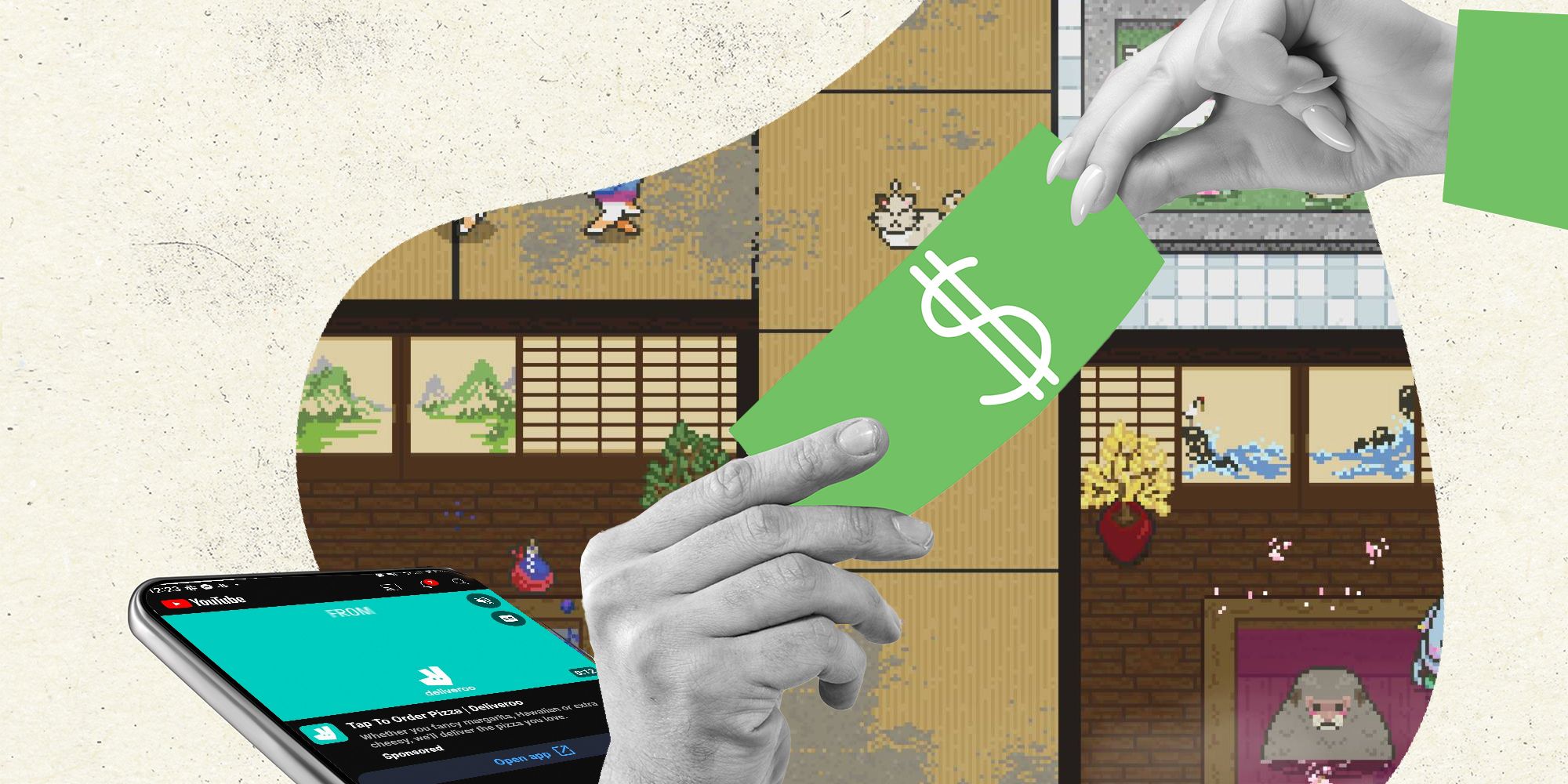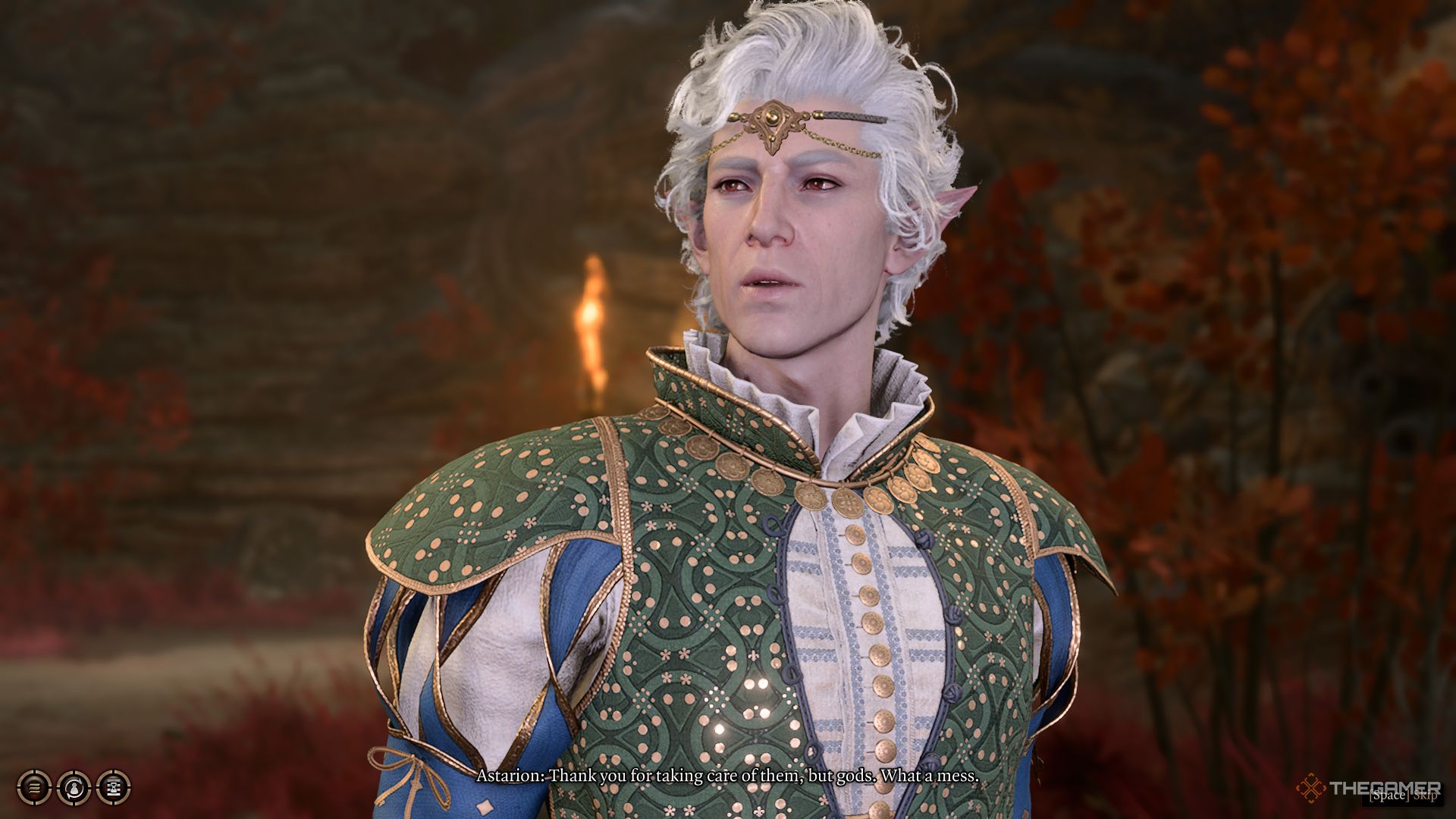Deciding where to go after Baldur’s Gate 3 is a Herculean task. It’s not just one of the best games of the year, it’s one of the best games of all time. I could recommend 50 cRPGs, but odds are they won’t come close to scratching that same itch. Luckily, Larian Studios has a rich history, and Baldur’s Gate 3’s DNA can be felt throughout it.
There are a lot of Divinity games, dating back to 2002. The series, which would undoubtedly shape Larian’s future and pave the way for Baldur’s Gate 3, began life as a Diablo-inspired RPG based on the studio’s own canceled game, The Lady, the Mage, and the Knight. If you want an in-depth crash course in Larian Studios to see where it all started, you can go back over 20 years to Divine Divinity, but if you’re after something closer to BG3, look no further than the more contemporary Original Sin duo.
Divine Divinity nearly caused Larian Studios to go under. The publisher, cdv Software, rushed its release while founder Swen Vincke was still on press tours promoting it. Despite reviewing well, it didn’t sell enough for Larian to make money from the game as per an agreement with said publisher.
The first Original Sin launched in 2014 and will be immediately recognisable to Baldur’s Gate 3 fans. It’s a Dungeons & Dragons-inspired adventure game with dice rolls (though these are represented via percentages), branching dialogue paths, companions, and all the other bells and whistles. Combat is a little more forgiving, but the emphasis on using the environment is just as prevalent. The very first tutorial has you using rain to snuff out fire, blocking vents to shut out gas clouds, and hurling fireballs at oil to kill enemies.
While the character interactions aren’t as personal – the camera being top-down and BG3’s facial animation and body language tech had yet to be realised – the writing is just as gripping. You’re thrust into the middle of an ongoing murder investigation, tasked with solving who did it in what feels like a smaller snippet of the Lower City from Act 3 (complete with a circus). In the midst of this manhunt, you’re also transported to the end of time, where the unravelling of history and your anomalous status are revealed.
It’s easy to see how the imp documenting history’s collapse and the limbo-like plane that is the end of time led to the Guardian and their Astral domain. Larian iterated so much on these ideas and its world to pave the way for its magnum opus, but there is also a slew of quirky isms to pick out. You have the talking, suspicious ox, the beginnings of being stranded on a beach, and the iconic barrelmancy to name a few. Baldur’s Gate 3 isn’t just a long-awaited sequel to Baldur’s Gate 2: Shadows of Amn, it’s a spiritual successor to Original Sin, so it’s only natural that the best place to turn if you want more is their previous duology.
Can You Start With Divinity: Original Sin 2?
Three years later in 2017, Larian released Original Sin 2, and like Baldur’s Gate 3, it offers a fresh start for newcomers. You can jump right in without having to play the games that came before. That’s handy, looking back, because it’s the closest thing to BG3 out there. The first Original Sin has teething issues and feels unrefined (especially compared to BG3), which is to be expected with any ‘new’ series, seeing as it’s a soft reboot and prequel to the original Divinity games. The sequel, by contrast, bears much a clearer link to BG3, even having a similar prolonged Early Access period to help refine the game with player feedback.
One of the big things people love about Baldur’s Gate 3 is its companions. They are iconic, from Astarion, a centuries-old vampire with a sordid past he keeps close to his chest, to Karlach, a barbarian who has escaped the clutches of hell with a burning engine in place of a heart as a constant reminder. No game has had such a rich tapestry of allies since Dragon Age and Mass Effect. Well, almost no game.
Original Sin 2 didn’t go quite as viral as Baldur’s Gate 3, but Larian was on the cusp of perfecting the art of creating a campy camp worth caring about years prior. You have Fane, the Eternal—and skeletal—scholar; Ifan Ben-Mezd, an ex-paladin turned Lone Wolf merc who in many ways feels like Wyll’s predecessor; Beast, a dwarven noble; Sebille Kaleran, an elven assassin who oozes Shadowheart; and of course, the Red Prince, an exiled lizard… well, prince. It’s in the name, really.
They have origin stories and fluid morality that play off your actions and decisions throughout the story, serving as living, breathing characters who stand tall when ripped away from the player character. Odds are that if you want something like Baldur’s Gate 3, it’s the relationships forged on your adventure that you’re craving. Look no further than Original Sin 2.
There are plenty of games you could recommend to a Baldur’s Gate 3 fan—Dragon Age, Fallout, the OG Baldur’s Gate games, Diablo, Neverwinter Nights… The list goes on. But the truth is that the best place to look is Larian’s own recent past, as so much of Baldur’s Gate 3 is based on the foundation of Original Sin. They were hits in their own right, but compared to Larian’s juggernaut success this year, overlooked. Maybe now they’ll finally get their dues.

Will Spirittea And Content Creators’ Cash For Coverage Change The Gaming Industry?
Spirittea’s Mike Rose wrote of his distaste for content creators taking cash for coverage, but how do gamers feel about this marketing in 2023?



Leave a Reply